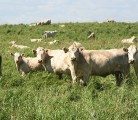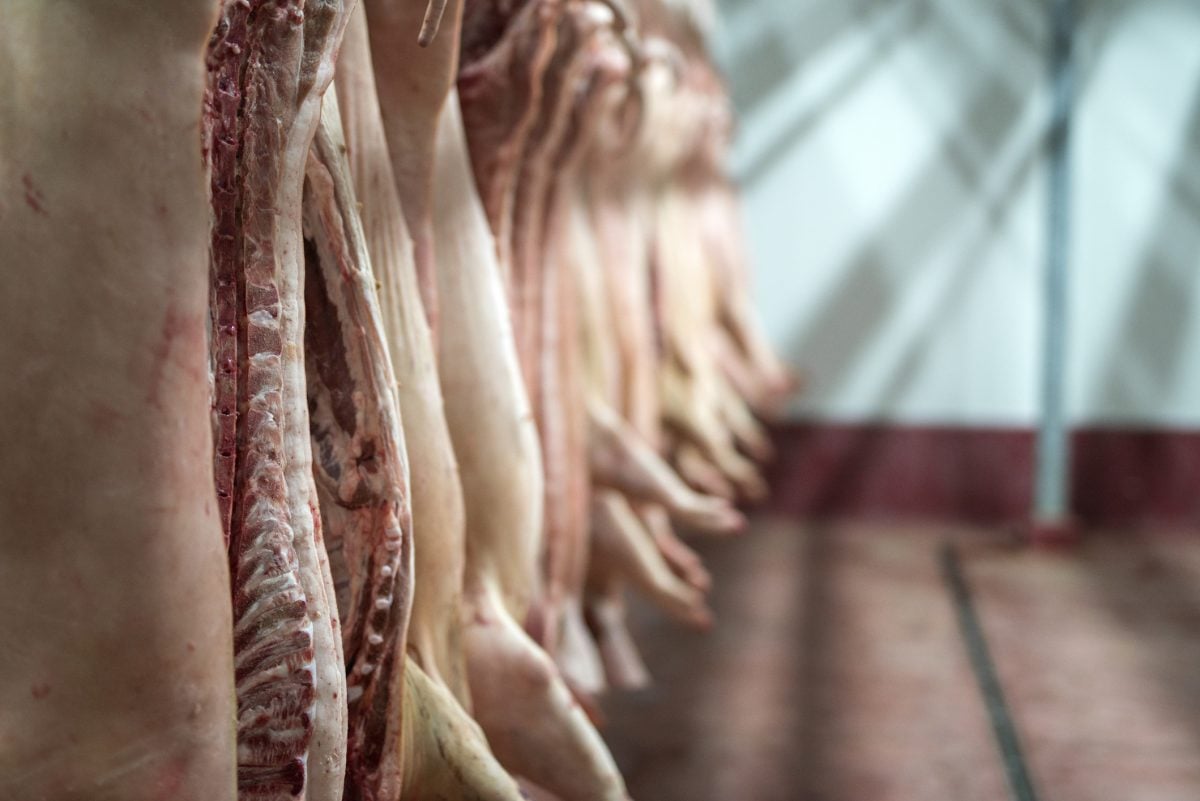
AIRDRIE, Alta. — The federal government has committed $14 million to beef cattle research over the next five years.
The Beef Cattle Industry Science Cluster will manage the money to improve beef quality and food safety, animal health and welfare, disease detection, forage production and feed efficiency, federal agriculture minister Gerry Ritz said in an announcement at Soderglen Ranches near Airdrie Aug. 20.
Some of the money will be used to educate the public and government about how the beef industry functions.
“Sound research helps to inform science based regulations for industry and government,” said Martin Unrau, president of the Canadian Cattlemen’s Association.
“We want to make sure the research is on target with industry needs.”
Read Also

U.S. livestock: Cattle slip back, hogs gain
Chicago cattle futures slipped back on Friday after Thursday’s pause. Hog futures crept upward. Most-active December live cattle futures closed…
This is a large increase in research money for beef cattle research provided through Growing Forward II. The first round provided more than $8 million.
In addition, $5 million from the national checkoff and provincial beef organizations has been committed for specific projects.
The new money has already been earmarked for projects, said Reynold Bergen, head of the CCA’s Beef Cattle Research Council.
Funding will be directed to 26 research studies to be completed by March 31, 2018.
“The most obvious benefit this is going to have for Canada is it is going to improve the competitiveness of the beef industry,” Bergen said.
The cluster will support continuing plant breeding research for improved animal nutrition, antimicrobial resistance and pain control during castration of calves.
In addition, a new two-part beef quality audit will be conducted to examine cow and fed cattle carcasses at the packing plant and assess retail and consumer satisfaction with eating quality.
The last audit was released in 2010. Comparisons will be made of improvements that have been made and costs to the industry from problems such as injection site scars, bruises and dark cutters.














